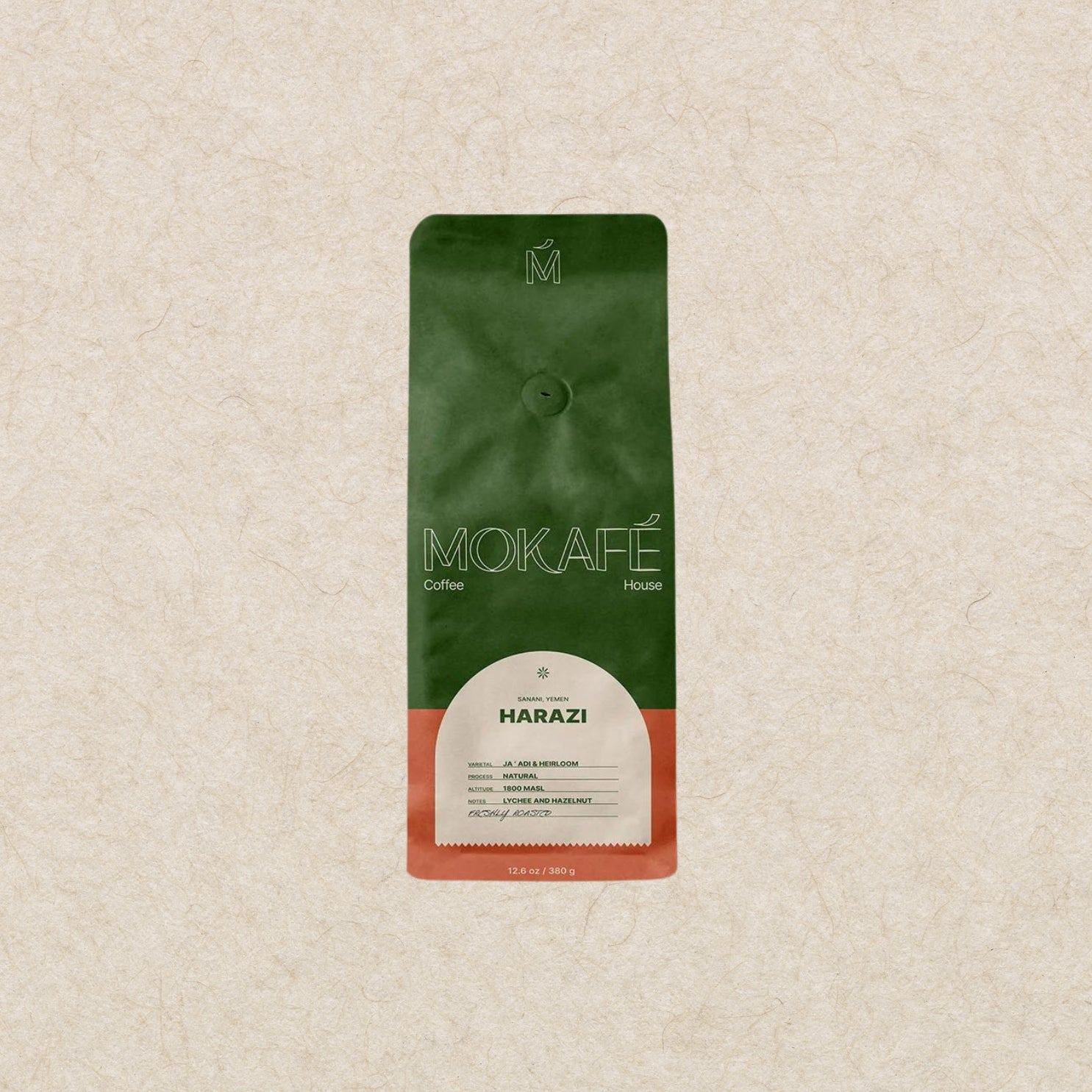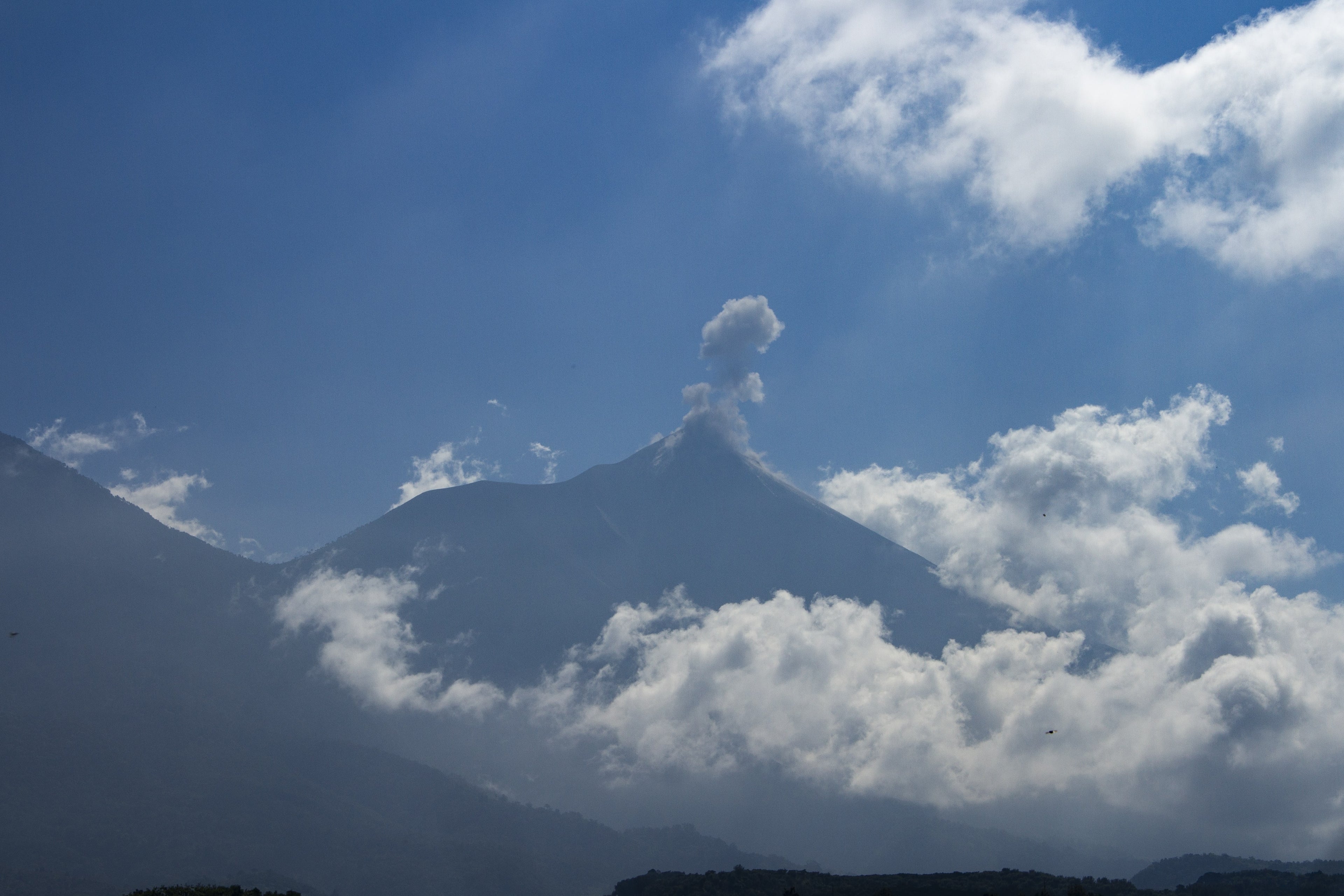If you're a coffee enthusiast, you will likely have heard of
Guatemalan coffee beans
, which are highly sought after for their complex flavor profile and unmatched quality. Guatemalan Coffee has proved itself to be a true powerhouse in the global coffee scene. Renowned as one of the world's leading coffee producers,
Guatemala's Coffee
is a masterpiece shaped by its unique climate, high altitudes, and mineral-rich soils.
This blog will unravel the secrets behind Guatemala's exceptional Coffee, exploring how the interplay of factors like altitude and microclimates contribute to its extraordinary flavor profile. Join us on a journey through the lush landscapes of Guatemala, where every coffee bean carries the essence of a land blessed with natural abundance and a deep-rooted coffee heritage. Get ready to discover the story behind the beans that have captivated the taste buds of coffee lovers worldwide as we embark on a journey through Guatemala's different coffee-growing regions, uncovering the nuances that set each area apart and contribute to the country's status as a coffee powerhouse.
What makes Guatemalan Coffee Unique?
Guatemalan Coffee is renowned for its rich and distinct flavor, featuring a medium to full body and a fruity aroma that leans towards sweetness rather than acidity. The farmers employ a wet processing method, resulting in beans with a cleaner color than others in the market, indicating a higher quality. However, the true essence of Guatemalan Coffee is shaped by the specific growing regions where the beans are cultivated.
The diverse mountains of Guatemala contribute varied soil types and climates, giving rise to coffees with fruity undertones and naturally sweet profiles. Each area has its own growing conditions, including microclimate, soil, and elevation. These distinctions play a crucial role in shaping the characteristics of the Coffee produced in each region. The flavors can range from chocolatey notes to caramels, offering a delightful array of tastes influenced by the unique characteristics of each region.
The Different Coffee Growing Regions Of Guatemala
1. Chimaltenango
Situated between the renowned Antigua and Huehuetenango regions, Chimaltenango is an up-and-coming coffee-growing locale celebrated for its unique attributes. The soil here, abundant in lime and clay, bestows a slightly acidic pH, contributing to the exceptional profiles of its coffee. Despite Chimaltenango's arid climate, the region benefits from natural springs and microclimates that foster robust coffee trees and impressive yields.
In the elevated terrains of Chimaltenango, the coffee experiences a deliberate growth and ripening process, resulting in denser beans and elevated quality.
Chimaltenango's Coffee Growing Region Profile:
-
Temperature:
Ranging from 18 to 25°C
-
Precipitation:
Varies between 800 to 1500 mm
-
Humidity:
Averages between 70 to 80%
-
Altitude:
Elevations ranging from 1300 to 1700 meters
Shop:
Coffee Beans From Chimaltenango
2. Acatenango Valley
Nestled in the Acatenango region, the coffee plantations benefit from nutrient-rich, sandy soils continuously enriched by minerals from the nearby Fuego volcano. With elevations reaching up to 2,000 meters, the coffee trees thrive under a dense forest canopy shielded from the intense sun. The gentle Pacific Ocean winds contribute to the natural drying process of the coffee cherries, resulting in a well-balanced brew with intricate flavor notes. Coffee Growing Region Profile of Acatenango:
- Temperature: Ranges from 14 to 31ºC
- Precipitation: Varied, between 1,219 to 1,829 mm
- Humidity: Maintains an optimal range of 70 to 80%
- Altitude: Elevations stretching from 1,311 to 1,981 meters
Shop:
Coffee Beans From Acatenango region
3. Antigua
In a region surrounded by Agua, Fuego, and Acatenango volcanoes, Antigua boasts ideal conditions for coffee plants to thrive. With its low humidity, nutrient-rich volcanic soil, ample sun exposure, and cool nights, this area creates a perfect haven for coffee cultivation. The lush tree canopy provides essential shade, protecting coffee plants from occasional frosts. The regular dusting of mineral-rich ash from the three volcanoes enriches the soil, enhancing the overall quality of the coffee. Antigua Coffee is renowned for its smooth and balanced flavor profile, featuring delightful notes of chocolate and caramel. The Coffee Growing Region Profile for Antigua:
- Temperature: Ranges between 18 - 22ºC
- Precipitation: Falls within 813 - 1,219 mm
- Humidity: Averages at 65%
- Altitude: Elevations vary from 1,524 - 1,707 meters
4. Atitlán
Located between the stunning Toliman, Atitlan, and San Pedro volcanoes, Lake Atitlán boasts a unique microclimate influenced by the daily winds, known as Xocomil, which gently stir the cool lake waters. This distinctive environment creates the perfect conditions for cultivating Atitlan coffee on the volcanic slopes. The fertile soil and favorable climate contribute to the production of wonderfully aromatic beans, characterized by a vibrant citrus acidity and a full-bodied flavor. The Coffee Growing Region Profile of this picturesque locale:
- Temperature: A comfortable range of 20 - 22ºC
- Precipitation: Varied between 1,829 - 2,337 mm
- Humidity: Averages between 75 - 85%
- Altitude: Elevations ranging from 1,524 - 1,707 meters
5. Cobán
Cobán, veiled in mist and consistent cloud cover most of the year, provides an ideal haven for coffee plants to flourish. Located on rolling hills and influenced by the tropical climate of the Atlantic Basin, this region is characterized by soil rich in limestone and clay, fostering a heightened level of acidity in the coffee beans. Cobán's unique chipi-chipi, a fine mist from dense cloud cover, imparts fresh fruit notes to the coffee.The resulting beans boast a distinctive flavor, setting them apart from those cultivated in sunnier volcanic regions. With a subtle, well-balanced body and a delightful aroma, Cobán's coffee stands as a testament to the singular conditions that shape its character.
The Coffee Growing Region Profile of Cobán:
- Temperature: Ranges from 15 to 20ºC
- Precipitation: Averages between 3,048 to 4,064 mm
- Humidity: Typically falls within 85 to 95%
- Altitude: Elevations ranging from 1,311 to 1,707 meters
5. Fraijanes Plateau
Fraijanes, with its ideal coffee-growing conditions, is marked by volcanic pumice soil, high altitudes, abundant rain, and varying humidity. The region's active volcano, Pacaya, generously contributes a light ash deposit, infusing the coffee beans with essential minerals. This elevated plateau experiences a lengthy dry season accompanied by ample sunshine.Despite the familiar presence of clouds, fog, and heavy dew in the early mornings, they swiftly dissipate, allowing all coffee cherries to sun-dry. The outcome is beans with a well-balanced profile, boasting bright acidity and a delightful sweet mouthfeel.
The Fraijanes' Coffee Growing Region Profile:
- Temperature: Ranging from 12 to 26ºC
- Precipitation: Varies between 1,524 to 3,048 mm
- Humidity: Averages between 70 to 90%
- Altitude: Elevations ranging from 1,372 to 1,829 meters
6. Highland Huehuetenango
Nestled in Guatemala's highlands, Huehuetenango stands as the highest and driest cultivated region, where warm, dry winds act as a shield against frost. This unique climate allows coffee cultivation at elevated altitudes. Unlike other regions, most coffee producers here handle the processing of their coffee. Fortunately, the abundance of rivers and streams in the region ensures an ample water supply for milling operations. Huehuetenango's coffee beans are renowned for their fine acidity, full-bodied richness, and distinctive wine-like notes. The Coffee Growing Region Profile for Huehuetenango:
- Temperature: Ranges between 20 to 24ºC
- Precipitation: Varied between 1,219 to 1,422 mm
- Humidity: Averages between 70 to 80%
- Altitude: Elevations range from 1,524 to 1,981 meters
8. Nuevo Oriente
Coffee cultivation has been a tradition in Nuevo Oriente region since the 1950s, and today, nearly every farm on the mountainside is dedicated to growing these prized coffee beans. Once considered one of Guatemala's poorest and most secluded areas, the emergence of the coffee industry has remarkably transformed it into a thriving community. The region's distinct flavor profile is shaped by its rainfall-rich and cloudy climate and mineral-rich metamorphic soils. These factors combine to produce a well-balanced, full-bodied coffee with delightful chocolatey notes. Nuevo Oriente's Coffee Growing Region Profile:
- Temperature: Ranges from 18 to 25ºC
- Precipitation: Averages between 1,829 to 2,032 mm
- Humidity: Typically falls within 70 to 80%
- Altitude: Elevations vary from 1,311 to 1,707 meters
9. Volcanic San Marcos
San Marcos, the warmest of Guatemala's coffee regions, boasts the highest annual rainfall, reaching up to 5,000 mm. Its unique climate prompts early flowering, setting the stage for the majority of Volcanic San Marcos coffee to be produced by small farms with their own processing plants. Due to the weather's unpredictability during harvest, much of the coffee undergoes a pre-drying phase in the sun, followed by finishing in a Guardiola dryer. This meticulous process contributes delicate floral notes to the aroma and taste, alongside pronounced acidity and a robust body. San Marcos' Coffee Growing Region Profile:
- Temperature: Ranges from 21 to 27ºC
- Precipitation: Varies between 4,063 to 5,080 mm
- Humidity: Averages between 70 to 80%
- Altitude: Elevations ranging from 1,311 to 1,829 meters
Conclusion
As we conclude our journey through Guatemala's diverse coffee-growing regions, it becomes clear that each area contributes uniquely to the nation's coffee landscape. From the volcanic soils of Antigua to the misty rainforests of Cobán, Guatemala's coffee regions offer a spectrum of flavors that showcase the country's rich geographical and climatic diversity.If you’d like to try the well-balanced brew and exquisite flavors of Acatenango Valley or the denser beans with superior quality from Chimaltenango
MOKAFÉ
presents a captivating tapestry of tastes waiting to be explored. So, the next time you savor a cup of Guatemalan coffee, know that you are not just tasting a beverage but embarking on a journey through the varied landscapes and microclimates that make
Guatemala a true coffee paradise
.
More From Jorge Armando Ciciliani
-
Shop:
Buy Coffee Beans Online
-
Yemeni Coffee Beans: A Symphony of Aroma, Taste & History
-
4 Unique Yemen Coffee Beans
-
5 Must-Try Guatemala Coffees
-
How To Grow A Coffee Plant
About The Author: Jorge Armando Ciciliani

Jorge is a seasoned coffee professional with a lifelong passion for all things coffee. For over a decade, he has fervently immersed himself in the world of coffee, mastering its preparation, understanding its societal impact, and uncovering its cultural significance. Starting as a barista at the young age of 15 and later managing a coffee roastery, this journey led him to work as a quality control manager for a green coffee importer.
Traveling across countries in Central and North America, Jorge has explored various coffee traditions and honed his skills through Specialty Coffee Association courses. As a QC Cupping coffee connoisseur and sensory skills enthusiast, Jorge is a true expert in the art of brewing and savoring the perfect cup. Consider him your trusted Fika expert.
Follow:
,




